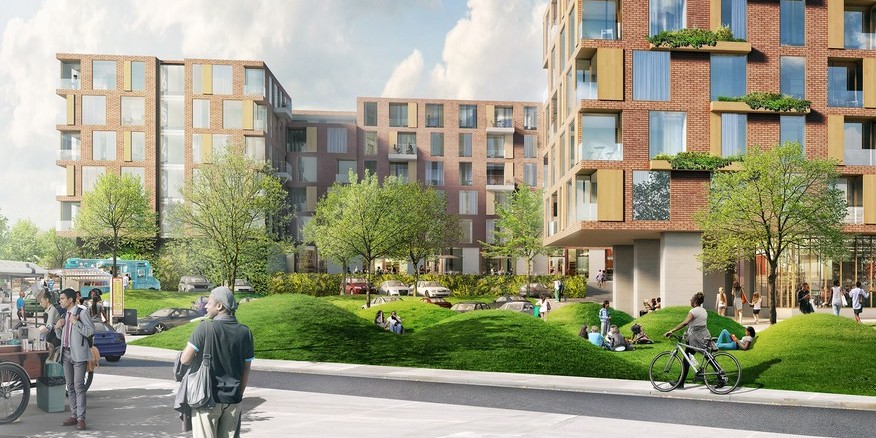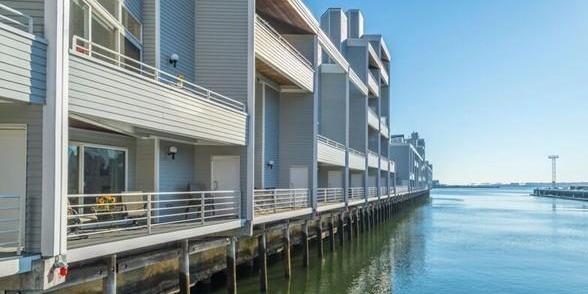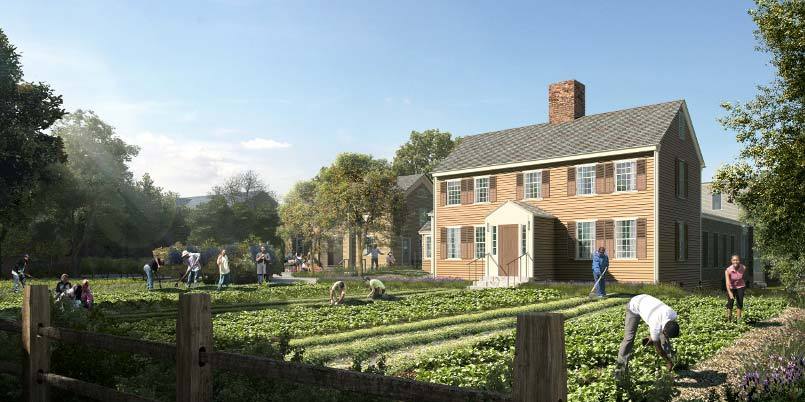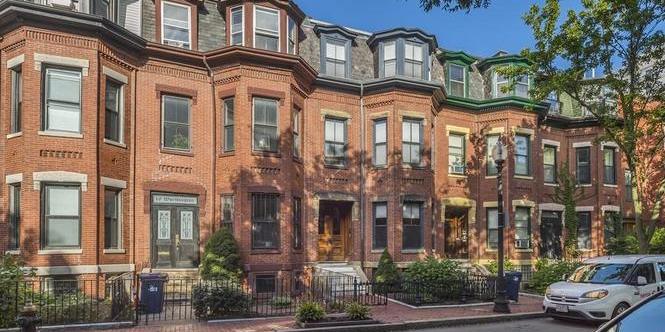Display layers
Airplane noise
Flood zones
Zoning districts

According to a study by the Boston Redevelopment Authority, the city of Boston has the highest concentrations of designated affordable (subsidized) housing among major U.S. cities. Between 19-22% of Boston's housing stock is reserved for low- or moderate-income households. For context, the national average is 5%, and while Chicago and Seattle are 7%, and San Francisco is 8%, Detroit has 15%, St. Louis has 16%, and New York City has 17%.
Within Roxbury, the historic section of Lower Roxbury (between Tremont and Harrison avenues, from Mass. Ave. to Melnea Cass Blvd.) was almost entirely demolished during urban renewal and replaced with larger blocks of public housing. It is one of the areas that has suffered from what were perhaps well-intentioned but was ultimately disruptive housing policy decisions.
The public housing maps have been included in order to offer a data point for analysis to see how housing policy can be informed by a spirit of equity, diversity, and social justice. It is important to understand how public housing locations can affect employment and educational opportunities, access to healthy food and banking, and access to transit and time spent commuting. Including public housing as a data set on the NeighborhoodX maps enables planners and activists to begin to identify food deserts, areas under-served by bank branches, commute times, and to look into the critical issue of how low-income areas tend to also be places with more environmental issues.













